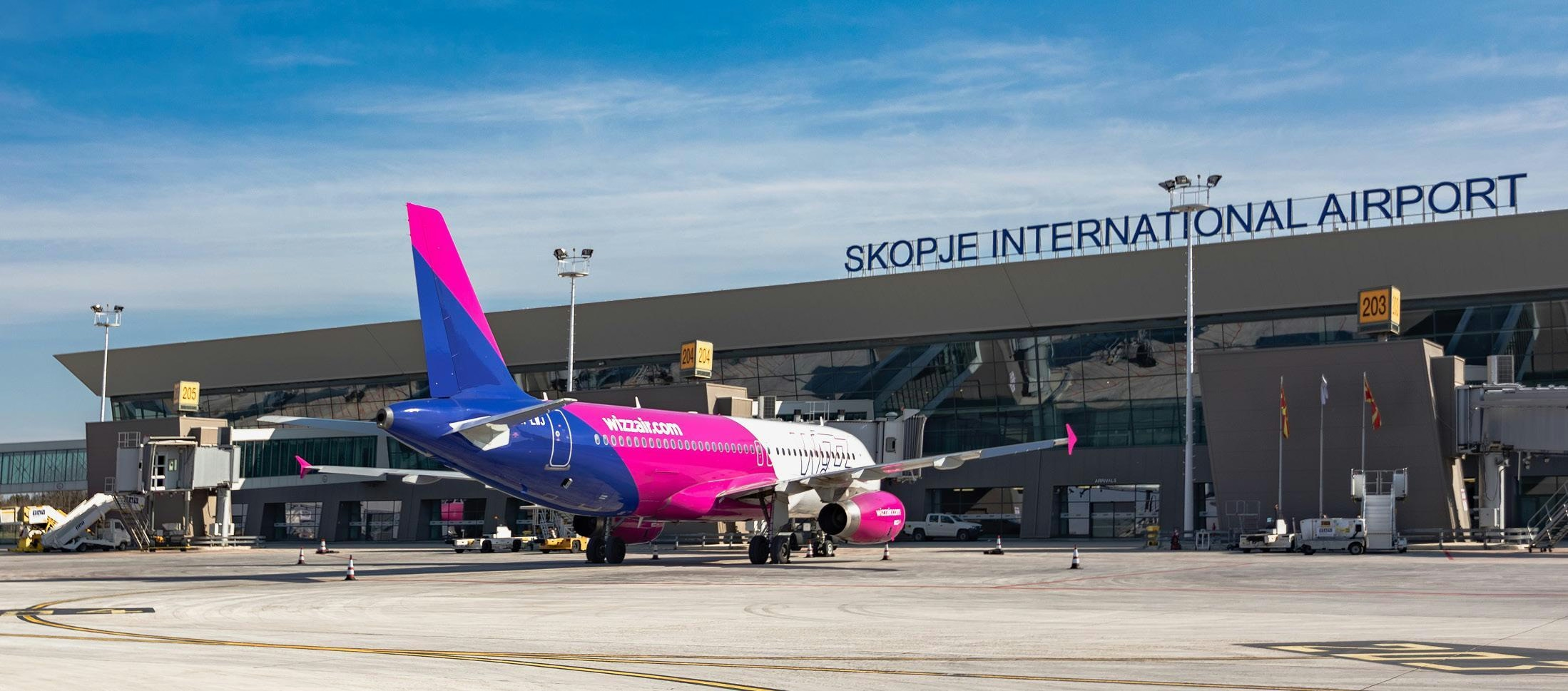
E-mail mais inteligente, negócios mais rápidos. Marque, analise e responda automaticamente a RFQs, cotações, pedidos e muito mais — instantaneamente.
Tendências
Pratt & Whitney Begins Production of Adaptive XA103 Engine
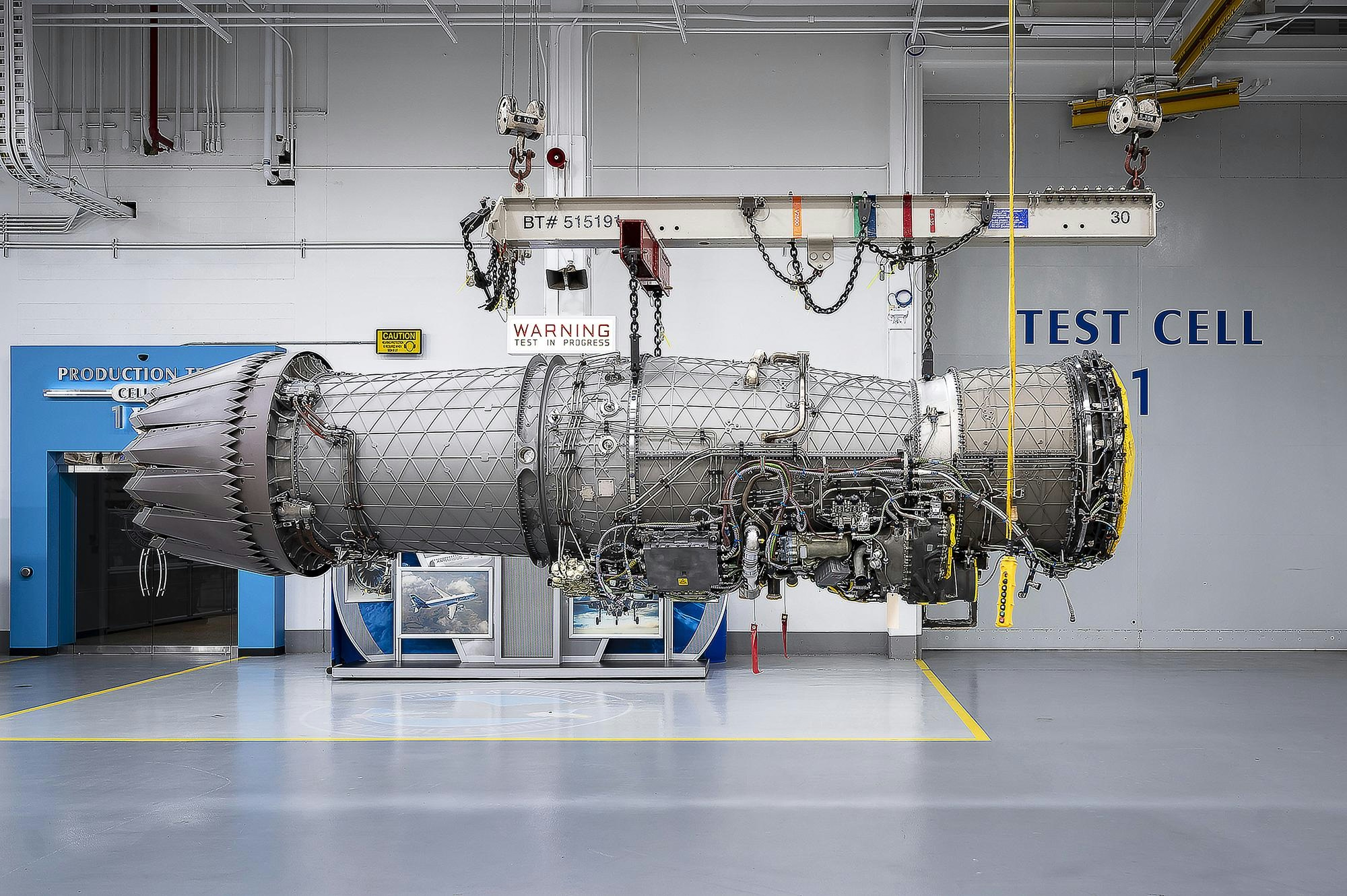
Pratt & Whitney Commences Production of Adaptive XA103 Engine
Pratt & Whitney has officially begun production of its Adaptive XA103 engine, marking a pivotal advancement in the development of cutting-edge propulsion systems for military aircraft. Engineered to enhance fuel efficiency and overall performance, the XA103 is a critical element in the U.S. Air Force’s initiative to equip next-generation fighter jets with superior capabilities.
Context and Industry Challenges
The initiation of XA103 production occurs amid ongoing difficulties faced by Pratt & Whitney, particularly concerning delays in the F-35 engine upgrade program. This upgrade has encountered a year-long postponement, disrupting the program’s timeline and raising questions about the company’s capacity to meet stringent deadlines for advanced propulsion technologies. The delay underscores the challenges inherent in developing sophisticated military engines within tight schedules.
Industry observers are closely monitoring Pratt & Whitney’s progress, especially as the company has pledged to begin producing its own engine castings in-house by 2028. This strategic shift aims to streamline manufacturing processes and reduce dependency on external suppliers. However, it also intensifies the pressure on Pratt & Whitney to fulfill its commitments amid a highly competitive market environment.
Competitive Landscape and Future Prospects
The introduction of the XA103 further heightens competition within the military engine sector. Competitors such as General Electric are anticipated to accelerate their development of adaptive engines, particularly for the U.S. Air Force’s upcoming sixth-generation F-47 fighter. This competition to supply propulsion systems for advanced military platforms is poised to reshape the industry, with manufacturers striving to secure a technological advantage.
As Pratt & Whitney advances with XA103 production, the company confronts both significant opportunities and considerable risks. Timely delivery of the XA103 could solidify its leadership position in military engine technology. Conversely, any additional delays or production setbacks may provide openings for rivals to gain momentum in the race to power the next generation of U.S. military aircraft.
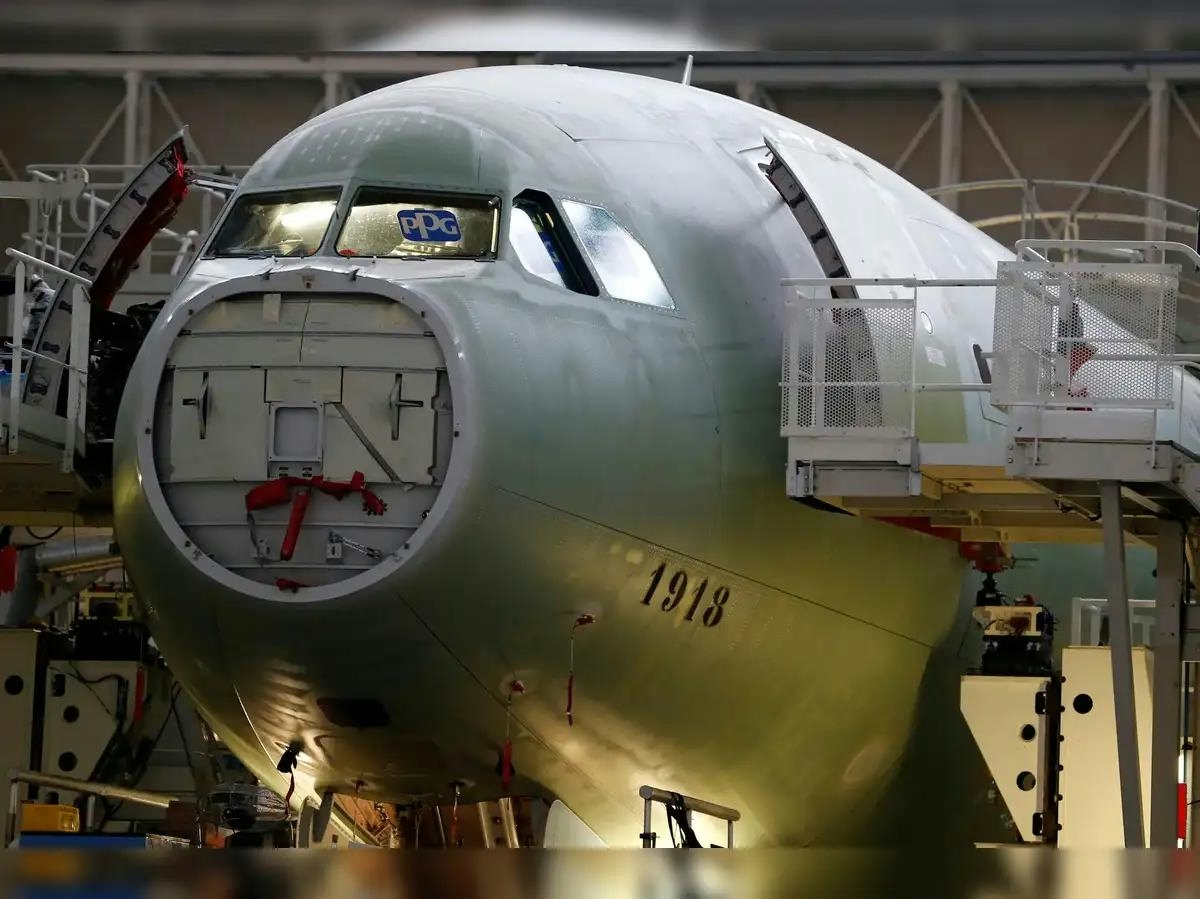
Delta Air Lines Avoids Tariffs by Repurposing Airbus Engines

Preliminary Report Highlights Fuel Switches and AI 171 Crash
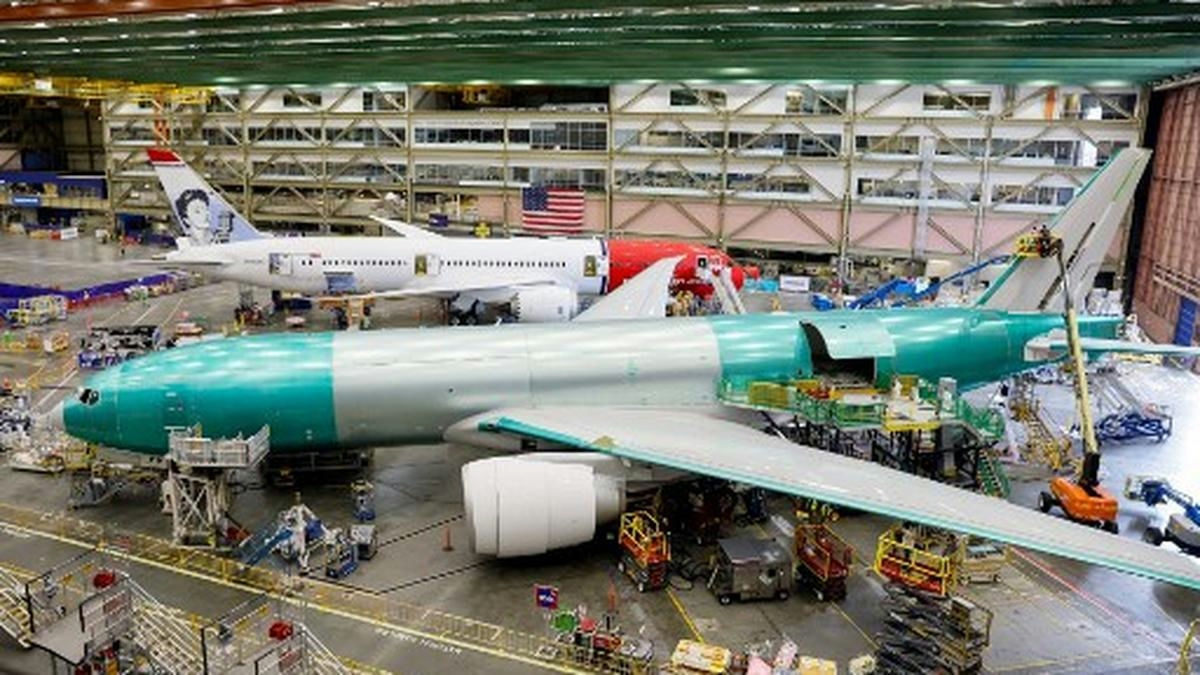
GIFT City Opens $5 Billion Leasing Market for Indian Aviation Sector

AAIB to Review Additional Evidence in Air India AI171 Crash; No Immediate Boeing 787 Safety Directives

AAIB Releases Full Report on Air India Flight AI171 Crash

Ahmedabad Plane Crash Investigation Finds Both Engines Shut Down Simultaneously
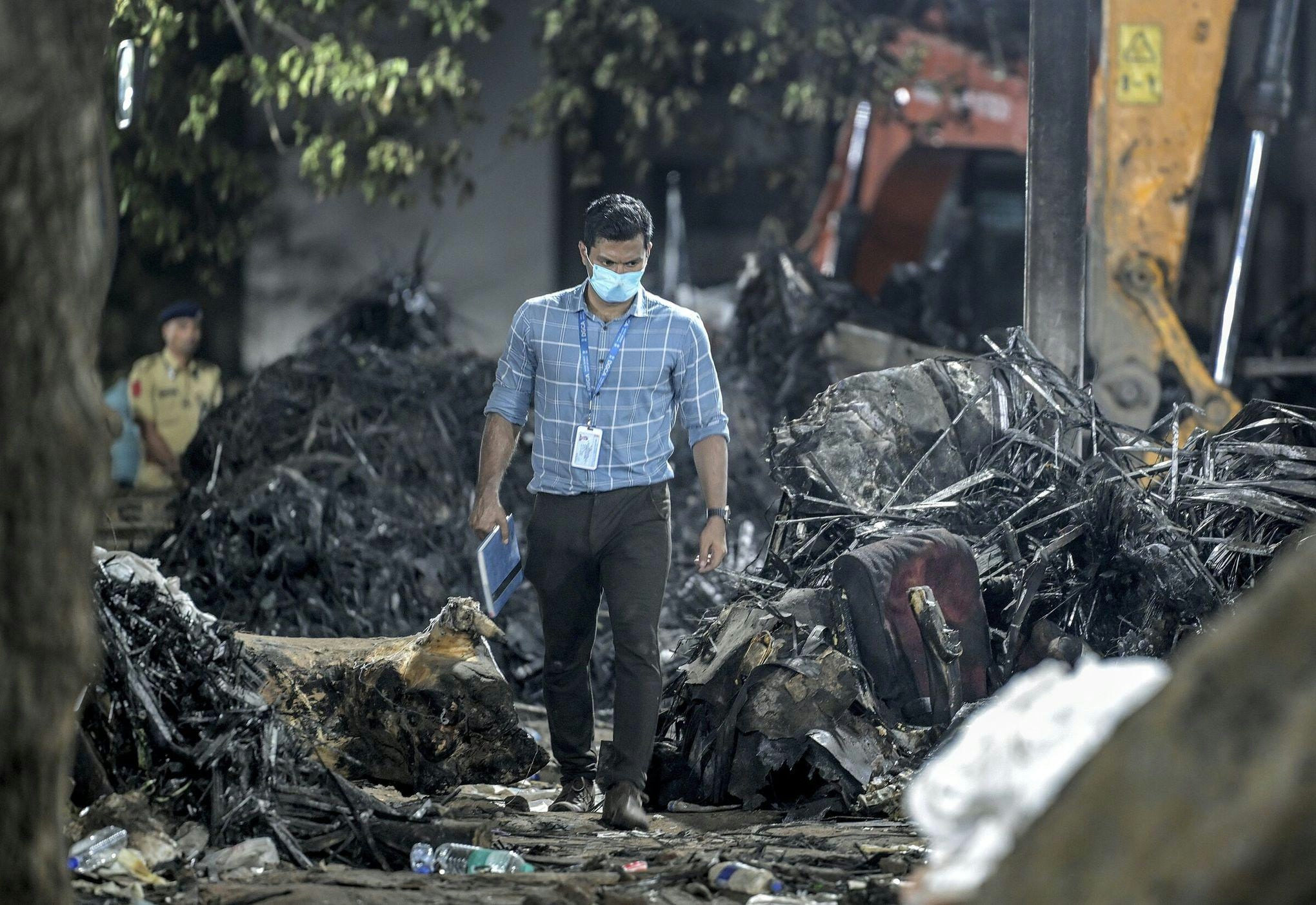
Preliminary Report Released on Air India Crash That Killed 260

IAI Certifies 777-300ERSF for Rolls-Royce Trent 1000 Engines

GIFT City Creates $5 Billion Annual Opportunity for Domestic Aviation, Says Naidu
